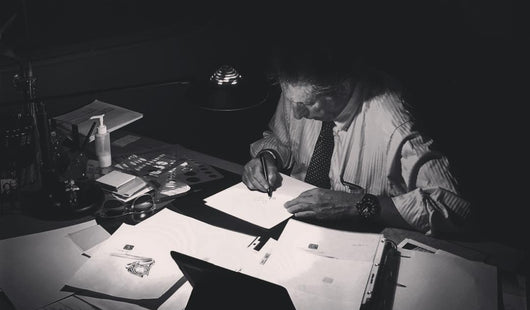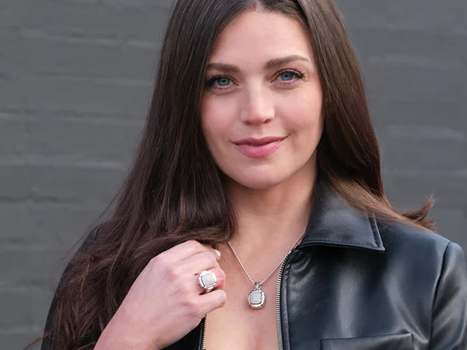Everything You Need to Know About Jewelry Settings

There are a lot of different components that make up your favorite pieces of jewelry. From the precious metals used to make it to the stones to the setting those stones sit in to shine. How much do you know about jewelry settings and how they highlight the intrinsic beauty of each piece you wear? If you're looking to learn more, here is the John Atencio buying guide to jewelry setting types. This is what you need to know about the most common settings so you can choose the right one for your engagement ring, wedding jewelry, anniversary gift, or anything between.
What Are Jewelry Settings?

A jewelry setting is the metal base a diamond or gemstone sits in. Jewelry settings weren't needed in the early ages of jewelry design, because the metal band was able to hold much, much smaller gemstones or diamonds. As these stones became bigger and were crafted in different shapes, the jewelry setting was created to support them. Jewelry settings are typically created from the same precious metal as the band but can be mixed and matched when creating a custom ring with a jewelry designer.
Most Common Types of Jewelry Settings
Micro Pave Settings
Micro pave settings use multiple tiny diamonds, very close together, set under a microscope that leads to the primary stone. There's little distance between the stones set, highlighting the beauty of the diamond or gemstone of the ring. This is the most common type of setting used for single gemstones.
Prong Settings
Prong settings are the most common type of jewelry setting for rings in general. Four to six prongs are supporting the diamond or gemstone by holding it in place. This setting is used in engagement rings, tennis bracelets, and earrings because it highlights the absolute beauty of the stone it holds. Additional prongs can be added depending on the size of the diamond or gemstone.
Pave Settings
Pave settings literally "pave" the stones on the metal of a ring itself. This can be done with diamonds, gemstones, or a combination of both, so the ring is paved with them. Grains are pulled up from the metal band that pushes against the diamonds or gemstones to keep them in place. This creates a continuous stone surface. This is mostly used in engagement rings or earrings to take advantage of these curves and shift in traditional design.
Channel Settings

Channel settings suspend diamonds or gemstones between two bars called channels. No prongs are holding these stones. Instead, they're precisely fitted into the channel then held by strips of metal on the side. Women's tennis bracelets and diamond rings see this setting most often because the vibrancy of pairing diamonds with gemstones is stunning when displayed this way in a piece of jewelry.
Bezel Setting
Bezel settings surround a flat-backed gemstone, such as cameos and cabochons. Other stones, even diamonds, can be set in a bezel but it requires specific design work to get them set properly. The bezel is bent partially inward to hold the stone in place for a unique way to highlight its beauty. Bezels can be forged into any shape so that they can accommodate non-traditional gemstone and diamond shapes for a fascinating ring or pendant. Think ovals and hearts to get an idea of what the bezel setting can showcase.
Pressure Setting
Pressure settings use the pressure of the gold elsewhere in the ring's design to hold a diamond or gemstone in place. You can't see the traditional settings used because they're hidden. Typically, a primary stone is placed in the middle, then surrounded by diamonds or other stones using a more traditional prong-style setting. The pressure of each stone holds every other stone in place, making the design of pressure set rings challenging for the jeweler.
Invisible Setting
Invisible settings are one of the most creative and intriguing settings in jewelry. It's one of the most difficult to create and sustain. These settings position each stone or diamond in a way that you can't see what's holding them in place. It looks like the stones or diamonds are seamless across a piece of jewelry, although they are held in place by grooves below the girdle of a ring or pendant. Square rings and pendants are a perfect example of the ingenuity behind the invisible setting.
Illusion Setting
Illusions settings leverage shaped or cut metal so that when they bend around a stone or diamond, they look like they are part of the stone. This is primarily used for smaller diamonds to make them look bigger than they are when set. Small diamonds can be set next to each other in an illusion setting to get this effect in a ring or diamond pendant.
Now that you know a little bit more about jewelry settings, you'll be able to figure out what styles are your favorites. Visit a John Atencio location to see some of these settings up close and personal to discover their beauty.
Listen to our podcast episode on what to look for in an engagement ring.


